Table of Contents[Hide][Show]
If you grew up in the 1990s, then you probably have some fond memories of the Game Boy. Developed by Nintendo, the original Game Boy took the success of the Nintendo Entertainment System and ported it over to a portable gaming experience. With its monochromatic screen, simple controls, and an awesome library of games (like Tetris), the Game Boy captured the imaginations of an entire generation. Oh, and it also revolutionized the gaming industry. So, grab your AA batteries and join us as we revisit the fascinating history of the Game Boy.
The History Of The Game Boy: From Monochrome Gaming to Industry Domination #nintendo #gameboy #retrogaming Share on XThe Original Game Boy (1989–2003):
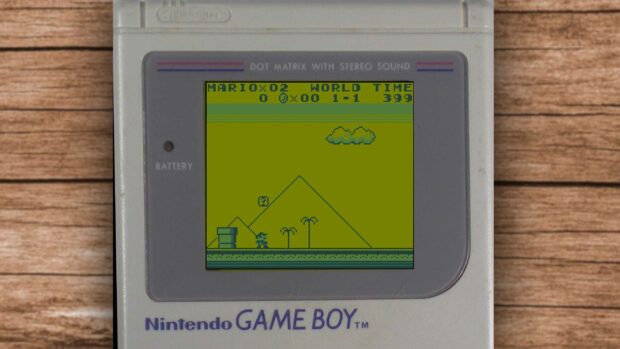
The Game Boy made its debut on April 21, 1989, in Japan, and on July 31 in North America. The brainchild of Gunpei Yokoi, the Game Boy was an 8-bit handheld gaming console that featured a greenish monochromatic screen and a distinctive rectangular design. Despite its simplicity, the Game Boy captured the attention of gamers worldwide, and sold millions in its first year alone.
For the U.S. launch, Nintendo bundled the puzzle game Tetris the Game Boy. With 35 million units sold, Tetris quickly became the most popular and best-selling game on the system.
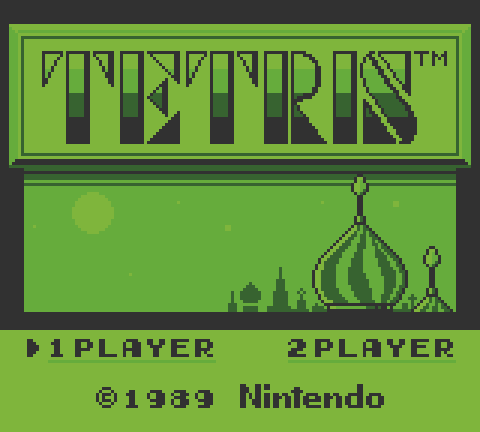
What was the original price of the Game Boy? A new Game Boy sold for $89.99 back in 1989. If you still have one, you might want to sell it. A used original Game Boy now (eBay link) (eBay link) (eBay link) (eBay link)(eBay link) sells for about $150 on eBay.
- Game Boy original price 1989: $89.99
- Used Game Boy on eBay: (eBay link) (eBay link) (eBay link) (eBay link)(eBay link) ~$150
NOTE: Gunpei Yokoi was a visionary game designer who had a major impact on the development of the video game industry. He invented the cross-shaped Control Pad, and designed the Game Boy. He was also the producer of several critically acclaimed Nintendo video game franchises, including Metroid and Kid Icarus.
Super Game Boy (1994)
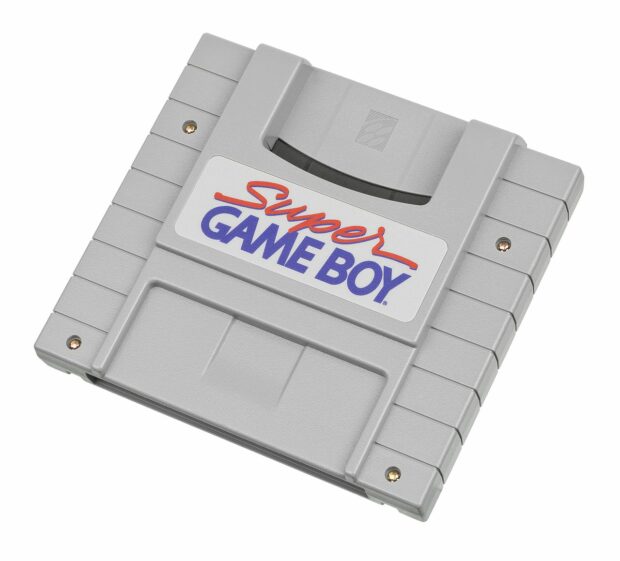
The Super Game Boy (Jun 28, 1994) was an accessory for the Super Nintendo Entertainment System that allowed Game Boy cartridges to be played on a TV. It was released in 1994 and was a huge success.
The Super Game Boy had a number of features that made it so popular. It could display Game Boy games in color, even though the original Game Boy was monochrome. It also had a number of enhancements that could be applied to Game Boy games, such as custom borders, sound effects, and music.
Some games, such as the Game Boy version of Donkey Kong, were specifically designed to be played on the Super Game Boy. These games had special features that could only be accessed when played on the Super Game Boy, such as additional levels, new characters, and enhanced graphics.
Explore the Game Boy's timeline and impact on gaming culture. #nintendo #gameboy #retrogaming Share on XThe Virtual Boy (1995)
The Virtual Boy was a handheld gaming system that was released by Nintendo on August 14, 1995. It was also designed by Gunpei Yokoi, the creator of the Game Boy. The Virtual Boy simulated a stereoscopic 3D image, but it could only display games in black and red.
The Virtual Boy was a commercial failure. It was criticized for its poor graphics, uncomfortable design, and short battery life. It was discontinued after just a year on the market.
Game Boy Pocket (1996)
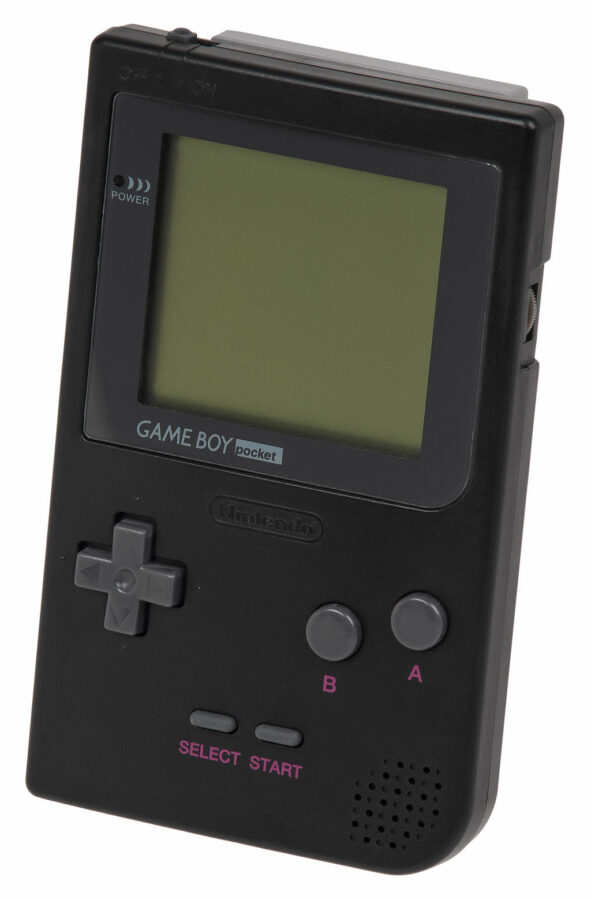
To cater to gamers’ desire for more compact and portable devices, Nintendo introduced the Game Boy Pocket on July 21, 1996. The Game Boy Pocket retained the functionality of the original Game Boy but featured a sleeker, slimmer design and required fewer batteries.
The Game Boy Pocket was 40% thinner and 20% lighter than the original Game Boy, and it used two AAA batteries instead of four AA batteries. The Game Boy Pocket also had a number of other improvements over the original Game Boy. It included a true black-and-white display, a faster processor, and a longer battery life.
The Game Boy Pocket was a commercial success, selling over 11 million units worldwide. It was praised for its smaller size, lighter weight, and improved display. The Game Boy Pocket was also the first Game Boy model to be released in a variety of colors, including blue, green, pink, and purple.
Game Boy Light (1998)
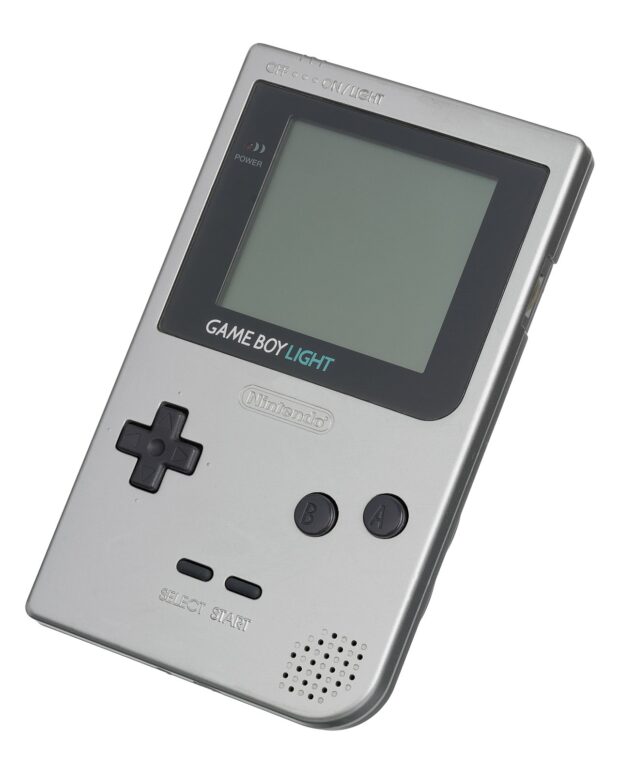
In 1998, Nintendo released the Game Boy Light, a redesigned version of the original Game Boy. The Game Boy Light shared many design aesthetics of the Game Boy Pocket from 1996, but it had a few key improvements. The Game Boy Light had a built-in backlight, which made it possible to play in low-light conditions. It also used two AA batteries instead of two AAA batteries, which gave it a longer battery life.
The Game Boy Light was only released in Japan, and it was quickly replaced by the Game Boy Color, which was released later that year. However, the Game Boy Light remains a popular collectible among Game Boy fans.
Game Boy Color (1998-2003)
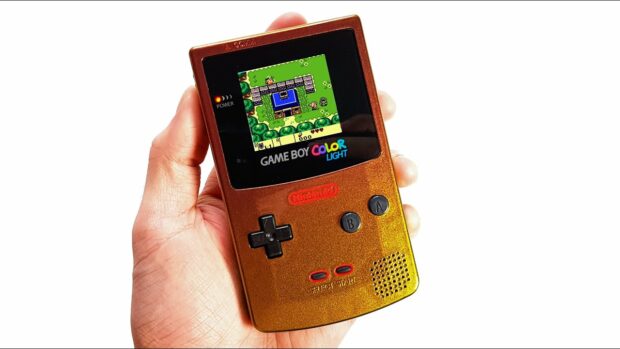
Building on the success of the original Game Boy, Nintendo released the Game Boy Color on March 10, 1998. This upgraded version featured a color display, backward compatibility with Game Boy games, and an expanded library of color-exclusive titles.
The Game Boy Color’s improved performance and color display was a huge hit with handheld gamers, and it sold millions of units.
What was the original price of a Game Boy Color? Only $79. $10 cheaper than the original Game Boy.
- Game Boy Color original price: $79.95
- Used Game Boy Color Via eBay: (eBay link) (eBay link) (eBay link) (eBay link)(eBay link) ~$75
Game Boy Advance (2001-2009)
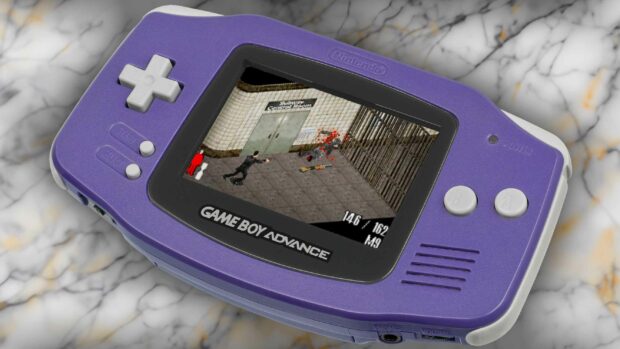
As technology advanced, so did the Game Boy. The Game Boy Advance, released on June 21, 2001, featured a 32-bit processor, improved graphics, and better sound capabilities. It was basically a portable Super Nintendo. Compared to the previous Game Boy models, the Game Boy Advance’s horizontal form factor provided a more comfortable grip and allowed for a larger screen.
Fans also loved that the Game Boy Advance was backward compatible with Game Boy and Game Boy Color games.
The Game Boy Advance sold over 80 million units before being discontinued in 2009.
Game Boy Advance SP (2003):
Two years later, Nintendo unveiled the Game Boy Advance SP on March 23, 2003. The Game Boy Advance introduced a clamshell design, a front-lit screen, and a rechargeable battery, making it more convenient for gaming on the go.
Game Boy Micro (2005)
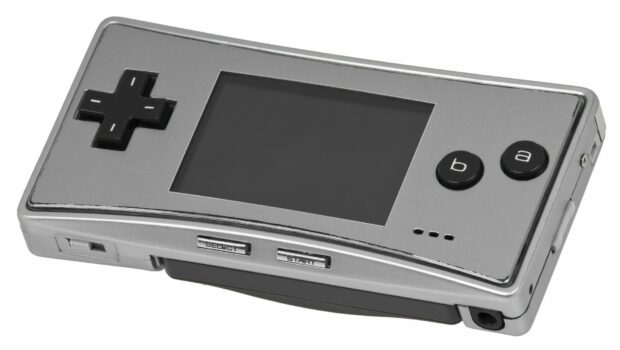
On September 19, 2005, Nintendo released the Game Boy Micro, a smaller and sleeker redesign of the Game Boy Advance. The Game Boy Micro was similar in style to the original Game Boy Advance, but it was much smaller and lighter. It was also the first Game Boy model to allow users to switch between different colored faceplates.
The Game Boy Micro was not backward compatible with Game Boy and Game Boy Color games. This was a major drawback for many fans. After years of collecting classic game cartridges, they would have to start over.
Additionally, the Game Boy Micro was released at a time when the Nintendo DS was already on the market. The DS was more powerful than the Game Boy Micro, and it could play Game Boy Advance games, as well as DS games. As a result, the Game Boy Micro did not sell very well.
The Game Boy Micro was discontinued a year later in 2006. It was the last Game Boy product ever released by Nintendo.
Game Boy History Timeline
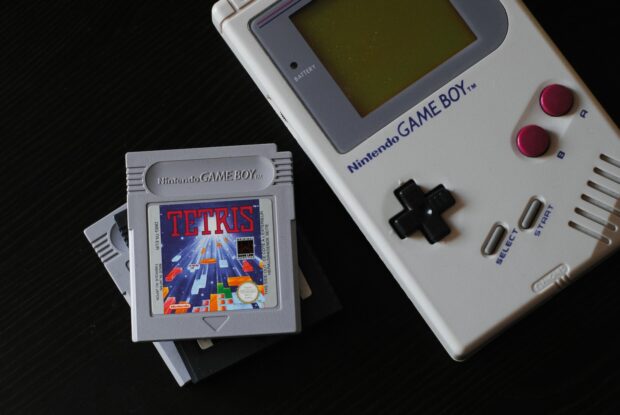
Here is a timeline of important milestones in Game Boy history:
- 1989: The original Game Boy is released in Japan. (April 21, 1989)
- 1989: The Game Boy is released in North America and bundled with the game Tetris. (July 31, 1989)
- 1992: Kirby’s Dream Land makes its debut on the Game Boy. (August 1, 1992)
- 1994: The Super Game Boy is released and allows gamers to play Game Boy games on the Super Nintendo game console. (June 28, 1994)
- 1995: The Virtual Boy is released and immediately flops. (August 14, 1995)
- 1996: The Game Boy Pocket is released. It is smaller and lighter than the original Game Boy. (July 21, 1996)
- 1997: In a sad moment in Game Boy history, Gunpei Yokoi, the inventor of the Game Boy, dies in a car accident. (October 4, 1997)
- 1998: The Game Boy Camera and Game Boy Printer accessories are released (June 1, 1998).
- 1998: The Game Boy Color is released. It has a color screen and a wider library of games.
- 2001: The Game Boy Advance is released. It is more powerful than previous Game Boy models and has a backlit screen.
- 2003: The Game Boy Advance SP is released. It is a clamshell design that makes it more portable.
- 2005: The Game Boy Micro is released. It is the smallest and lightest Game Boy model.
- 2006: The Game Boy line is discontinued.
Game Boy Trivia
Here are some fun facts about the Game Boy:
- The Game Boy was originally called the Dot Matrix Game.
- The Game Boy’s screen was designed to be easy to read in direct sunlight.
- The original Game Boy’s battery life was incredible. It could often last up to 30 hours with 4-AA batteries. Nintendo was able to achieve this longevity because the first Game Boy used a non-backlit monochrome screen and only had a low-power 8-bit processor.
- The Game Boy was much more affordable than its competitors. In 1989, the Game Boy only retailed for $89.95. In comparison, the TurboExpress ($249.99), Game Gear ($149.99), and the Lynx, ($189.95) were all much more expensive portable gaming platforms. Nintendo were able to produce the Game Boy at a much cheaper pricepoint because the Game Boy used a cheaper non-backlit monochrome LCD screen.
- The Game Boy was so popular that it was even used in space by astronauts on the International Space Station.
The Game Boy is a beloved classic that will be remembered for years to come. It is a testament to the power of gaming and the creativity of its creators.
The Game Boy’s Legacy
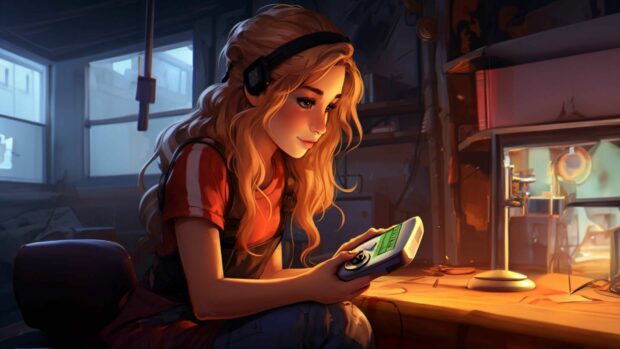
The Game Boy was a revolutionary gaming console that changed the way people played games and left an indelible mark on the gaming landscape. It ignited the passion of countless gamers and cultivated a dedicated community of Game Boy enthusiasts. The Game Boy, in all its versions (including the Game Boy Color, Game Boy Advance, and Game Boy Micro), brought unique and innovative features that impacted the world of handheld gaming.
As handhold competitors like the Sony PSP and Nintendo DS entered the market, the Game Boy’s popularity eventually waned. The Game Boy’s impact is still noticeable in current gaming devices, and people everywhere still feel nostalgic about the classic handheld.
On a personal note, I have so many fun memories from the mid-1990s of playing classic Game Boy games like Tetris with my friends. As a summer camp counselor, my friends and I would all connect our Game Boys to each other using a (eBay link) (eBay link) (eBay link) (eBay link)(eBay link) Game Boy Link cable ($12 via eBay) and play 2-player games against each other. What about you? Please share your Game Boy memories in the comments.

Frank Wilson is a retired teacher with over 30 years of combined experience in the education, small business technology, and real estate business. He now blogs as a hobby and spends most days tinkering with old computers. Wilson is passionate about tech, enjoys fishing, and loves drinking beer.

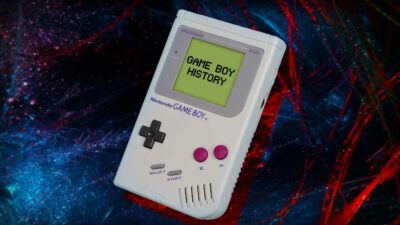
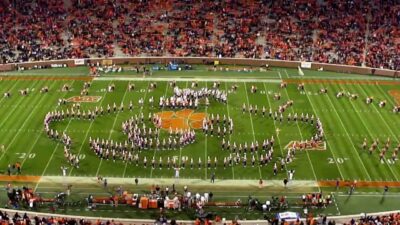










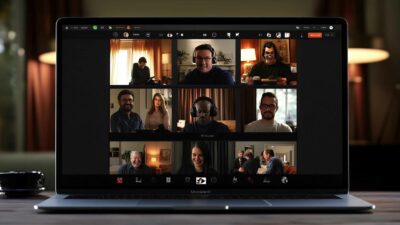
 Quick and Easy Halloween Costume Ideas for Couples From TODAY Show
Quick and Easy Halloween Costume Ideas for Couples From TODAY Show
Leave a Reply
You must be logged in to post a comment.